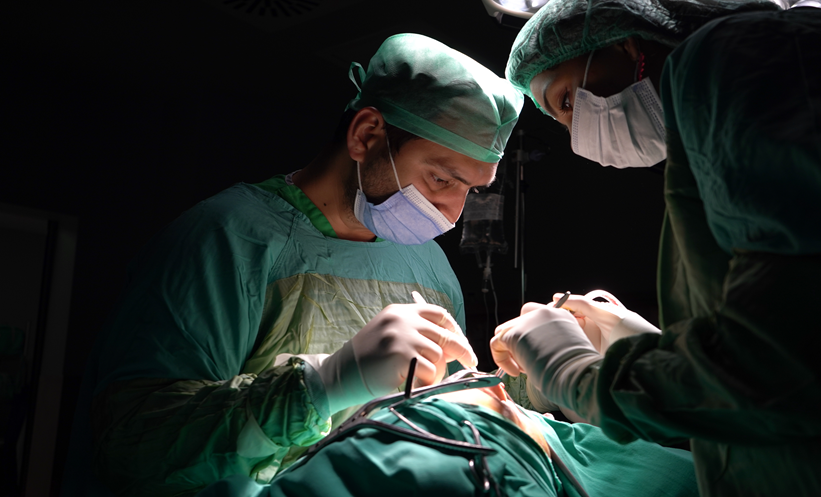SKIN CANCERS on the nose present unique challenges due to the organ’s complex anatomy and cosmetic significance. In a recent study, researchers explored the efficacy of using a nasal tip rotation flap (NTRF) for reconstructing Mohs micrographic surgery (MMS) defects on the distal nose.
The study, conducted retrospectively between June 2018 and June 2022 across multiple institutions, analysed 66 cases where an NTRF was employed for reconstruction. The average preoperative tumour size was 0.8 cm, with postoperative defect sizes averaging 1.2 cm. Notably, the most common tumour location was the nasal tip.
Results showed promising outcomes with no significant complications observed postoperatively. While some patients experienced minor contour irregularities and slight alar notching, none required revision surgery, with aesthetic interventions like dermabrasion being sufficient in most cases.
The NTRF technique, as described by the researchers, offers several advantages over alternative methods. Its versatility allows for reconstruction of defects involving the nasal tip, soft triangle, and portions of the ala, providing excellent colour and texture match compared to full-thickness skin grafts. The technique involves a medially based, superior arc of rotation, with careful planning to minimise tension and preserve nasal symmetry. Modifications to the original technique have expanded its applicability to larger defects and those involving multiple subunits, including the alar rim.
Comparisons with other reconstructive options underscored the NTRF’s simplicity, reduced morbidity, and favourable cosmetic outcomes. While bilobed and trilobed transposition flaps remain common, the NTRF demonstrated superiority in terms of incision line concealment and resilience against natural deformities like pincushioning.
Overall, the study’s findings suggest that the NTRF is a reliable and versatile technique for reconstructing MMS defects on the distal nose, offering optimal functional and cosmetic outcomes. The researchers advocate for its broader adoption among dermatologic surgeons as a valuable tool in skin cancer reconstruction: “Although there is inherent complexity in repairing defects of the distal nose, we have found the [nasal tip rotation flap] to reliably produce exceptional functional and cosmetic outcomes,” Dr Jace Rickstrew, Mohs micrographic and reconstructive surgeon at the Heartland Dermatology and Skin Cancer Center, and colleagues wrote, “This flap can successfully be utilised by dermatologic surgeons for reliable reconstruction of defects.”
Reference
Rickstrew J et al. Nasal tip rotation flap for reconstruction of surgical defects on the distal nose. Int J Dermatol. 2024; doi: 10.1111/ijd.17155.







